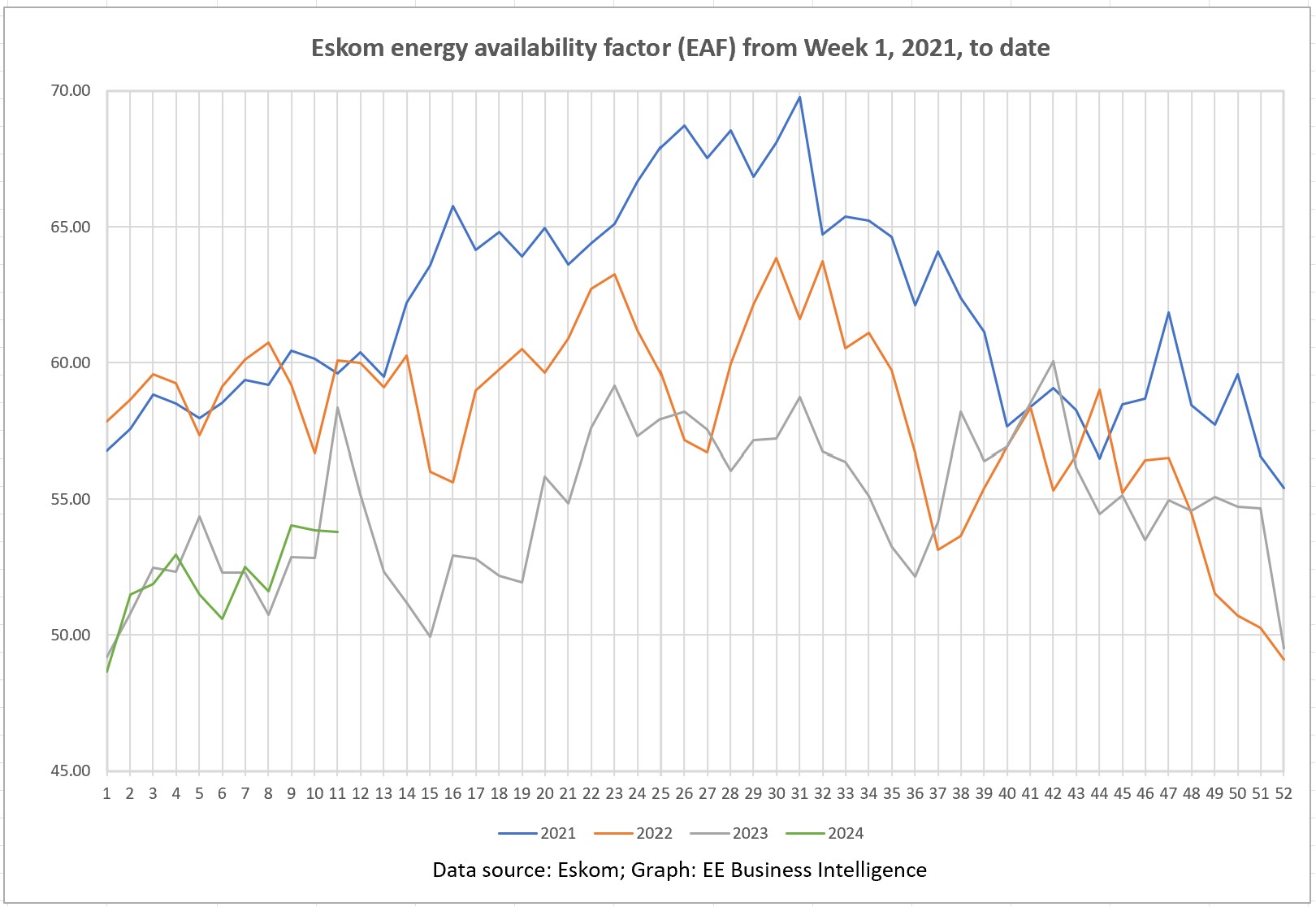- The recent passing of the Electricity Regulation Amendment (ERA) Bill in the National Assembly is of “tectonic proportions” to South Africa’s electricity sector, says Minister in the Presidency for Electricity, Dr Kgosientsho Ramokgopa.
- He was addressing media on the implementation of the Energy Action Plan, which is aimed at stabilising power supply yesterday.
- Ramokgopa explained that the ERA Bill opens up the market for more players in the electricity sector.
“This is significant because it’s beginning to reshape the South African energy landscape. One of the primary interventions that it introduces is making it easier to produce and sell electricity in South Africa.
Related news: Ramokgopa – South Africa’s electricity minister with no power
“In order to do this, [the bill]establishes what it refers to as the Transmission System Operator, which is managed by the [National Transmission Company South Africa], wholly owned by Eskom and by extension, wholly owned by the South African public,” the Minister said on Monday.
“It ensures that all electricity producers are treated equally and fairly, and are allowed access to the national grid on a non-discriminatory basis. It enables a market platform through which electricity can be bought and sold by multiple players.
“In addition to a non-discriminatory approach, it democratises the space so that we are able to ensure that there are multiple sources that generate, there are multiple buyers and they are going to go through this platform to be able to procure that electricity,” he said.
The Minister said the benefits to the public and economy are numerous, with the country “moving away from a monopoly” on electricity.
An upside to the ERA Bill is the improvement in reliability of electricity supply and consumers will have more choice on who supplies their electricity.
Focus on new generation
Ramokgopa said that government is also seized with introducing new generation capacity from renewable sources to ensure energy security into the future.
“We are really looking long-term and introducing interventions that can make it possible for us to introduce new generation capacity from a multiplicity of fuel sources and players to ensure that we are not confronted with the same problem going into the future. Now we are looking beyond Eskom as part of an enduring resilient solution to the energy crisis and ultimately, we are able to achieve energy sovereignty,” he said.
The Minister said government is “doing everything possible” to ensure that new generation projects are brought into the fold. He added that currently, there are about 120 projects with some 12 000 megawatts.
“There is a need for us to expedite the applications for new generation. We are departing from the current arrangement. So a project developer will go to a number of departments…to get the environmental impact assessment… They [then]lodge an application with the Department of Water Affairs for water use licence, and they’ll lodge an application again with Eskom for grid access.
“What we have done is to create a single window of entry, what we refer to as a one stop shop, so that project developers don’t necessarily have that onerous responsibility of going to multiple departments. They simply go onto this platform and they are able to make these applications,” he said.
Progress made at underperforming power stations
Also speaking at the media briefing, Eskom Group Executive for Generation, Bheki Nxumalo, said that although challenges continue, at least five power stations identified for attention and intervention are beginning to show improvement.
“One of the stations identified was Kusile Power Station, where we were running one unit and it was also not running at full capacity. At Kusile now, we have actually taken it out of recovery station because it is running exceptionally well, on average above 90% availability. It shows that we have taken the lessons from Medupi [power station], which has been consistently running at those levels. Kusile has now turned the corner,” he said.
Meanwhile, improvements are being seen at the Majuba, Matla, Duvha and Kriel power stations. “With the work that we’ve done, we’ve seen a significant improvement at Majuba in terms of reduction of partial load losses and also trips at that plant. That plant is also running exceptionally well, so is Matla power station as well. Duvha has been doing exceptionally well, except for the boiler failures but on average, Duvha is on the right track. It is actually performing much better than it was a year ago. Kriel power station is also seeing good improvement,” he said.
Reality
Businesses and households in South Africa face daily blackouts of up to 10 hours because Eskom cannot meet the country’s energy demands. The state owned and state run energy utility has fallen into disarray due to poor planning, mismanagement, corruption, fraud, theft, sabotage and vandalism. Read more
Eskom week-on-week Eskom Energy Availability Factor (EAF) trend graphs up to week 11, 2024. The EAF for the first 11 weeks of 2024 is 52.08%, slightly lower than the EAF of 52.59% for the first 11 weeks of 2023.

Author: Bryan Groenendaal














